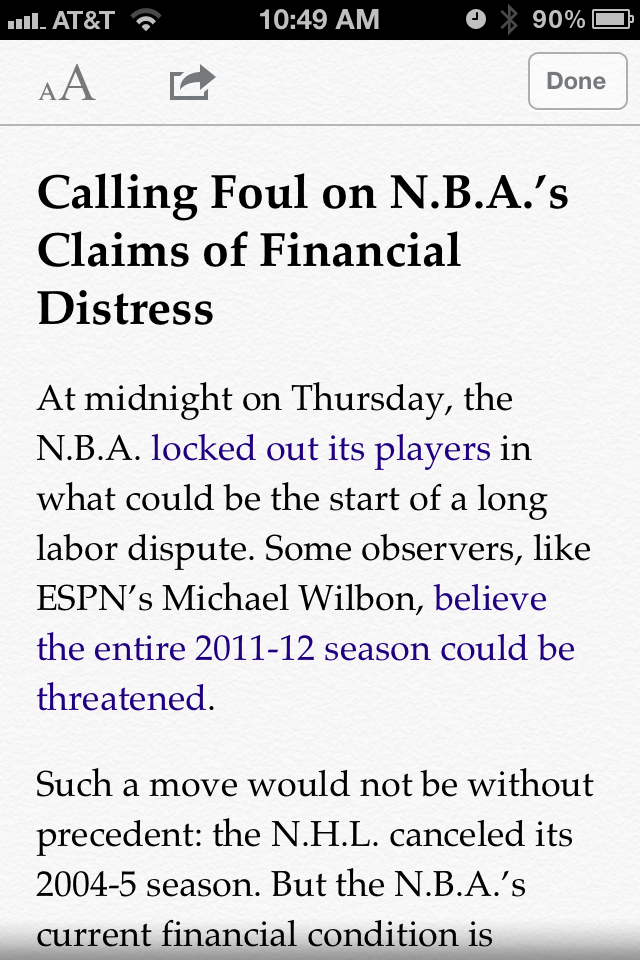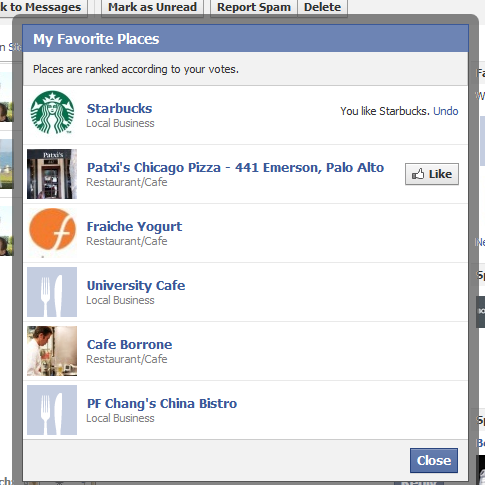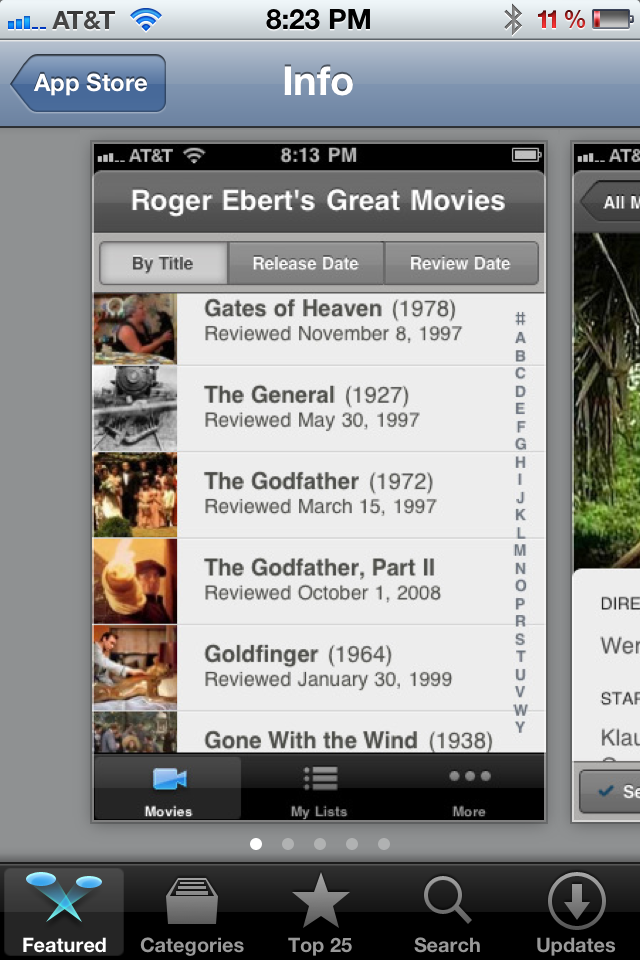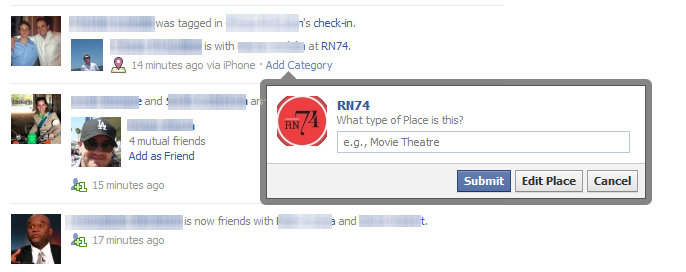It's been a year of chess moves between Google, Apple, Facebook and Twitter. For example, look at the last few weeks alone:- Google+ launches as Google's social effort (and its good) - iOS5 is announced with Twitter as a key integration - Facebook is rumored to be working on an HTML5 app store of sorts And is this yet another? One of iOS5's little-discussed features is the web "Reader" tool. When clicked, it converts a webpage to an optimized, stripped page for easier reading... think iBooks for the web. It's great and I find myself using it all the time.
The obvious thought is that it is a way to better integrate the web with iBooks and iTunes. But the next thought is: this is a way to boost iAds throughout the mobile web. They have stripped everything but the text / images and have created a clean reading experience with plenty of room for ad units. Strikes me as another chess move... this time directed at Google and Facebook's ad businesses.
regular page:
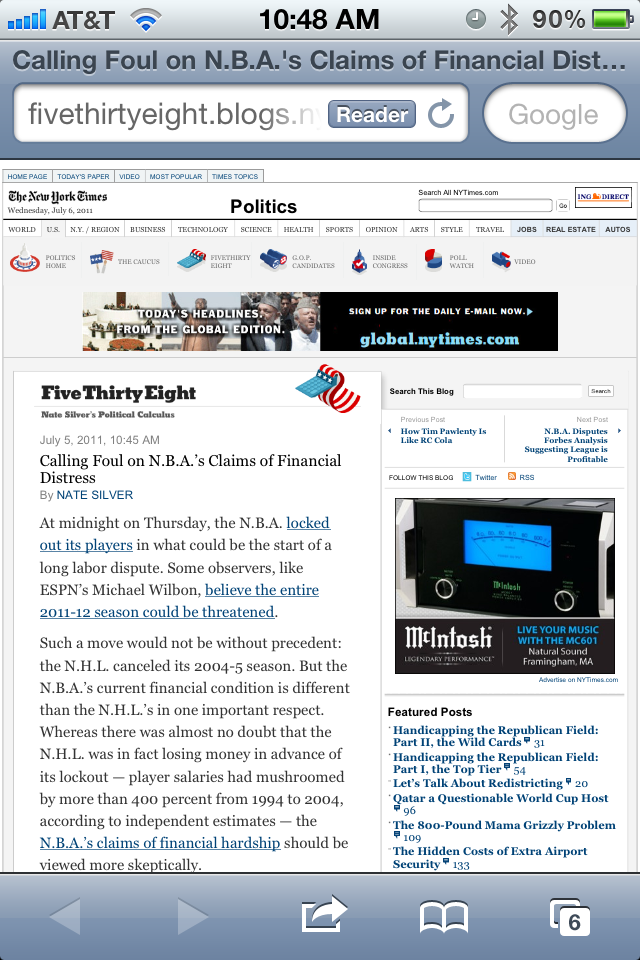
and using Reader:
